LayerOps offers a centralized platform for Multi-Cloud & Hybrid-Cloud management, enabling applications to be deployed and managed across multiple public, private and hybrid clouds without having to master the technical characteristics of each provider.
This is the 3rd launch from LayerOps. View more
LayerOps
LayerOps is a multi & hybrid cloud platform that lets you deploy, manage, and scale container-based services across multiple providers—without the complexity of Kubernetes. Fast, resilient, and portable cloud infrastructure, simplified.
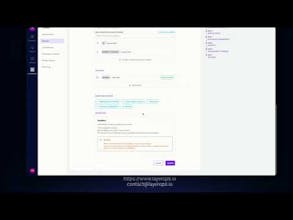
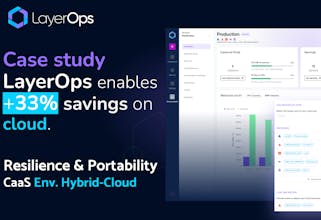
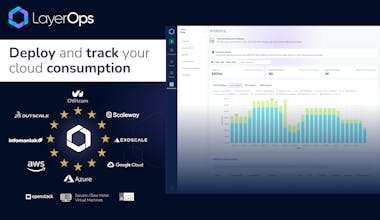


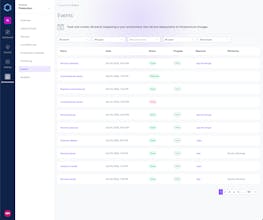
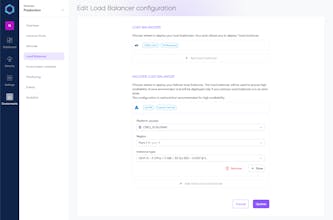
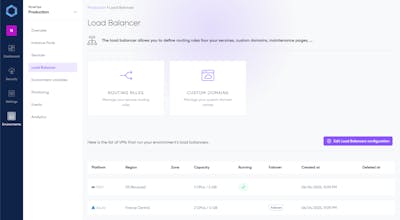
Payment Required
Launch Team / Built With









LayerOps
LayerOps simplifies cloud complexity with a unified platform for deploying and managing applications across multi-cloud and hybrid-cloud environments—no need to dive deep into each provider's specifics.